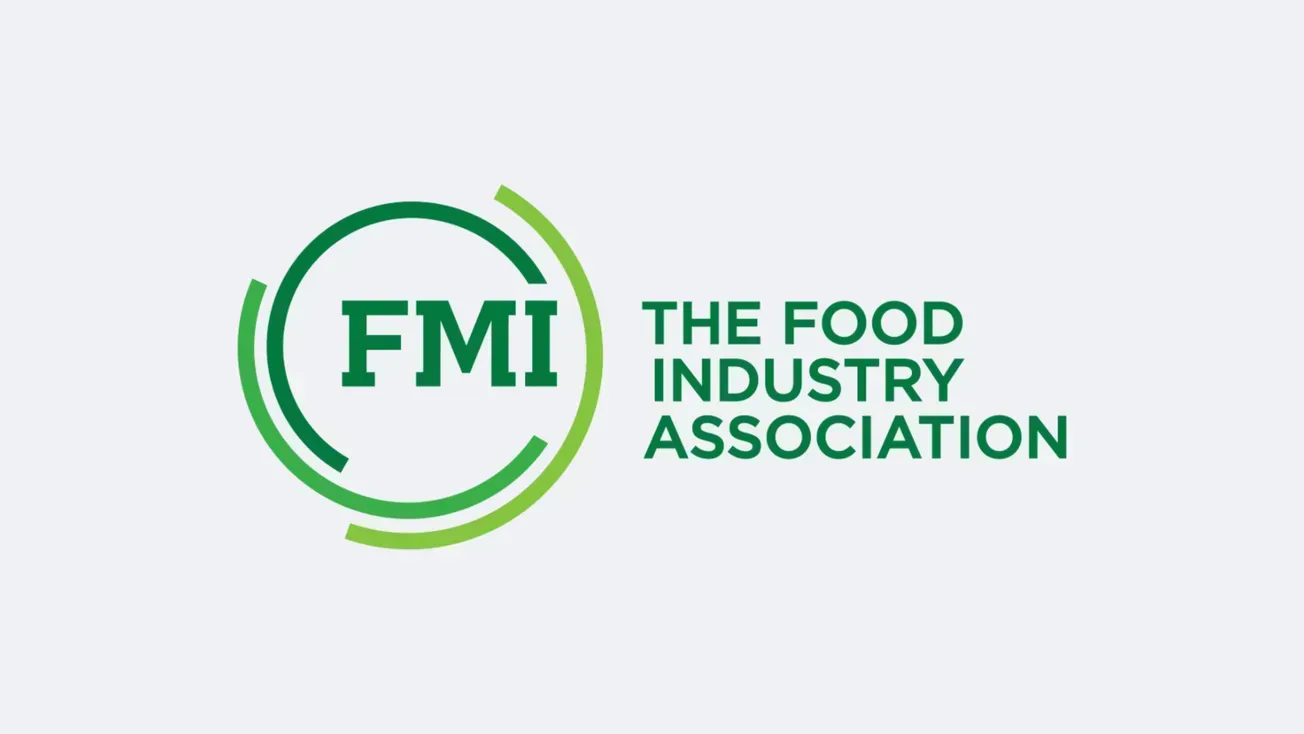SHELTON, Conn. – Consumers are more frequently shopping for groceries online, according to the TABS Analytics 7th Annual Food and Beverage Consumables Study. E-commerce grocery purchases nearly doubled in the past year, with 66% of consumers noting their loyalty to shopping through this channel and Amazon, Walmart and Target making the largest gains in penetration. However, the greater demand is revealing significant structural problems – low margins and unpredictable shipping and fulfillment costs – that will impact the profitability and sustainability of the business model.

The 2019 study also reported that while still low compared to other categories, organic purchasing saw noteworthy gains in the past year. If this trajectory can be maintained over the next few years, organic products can attain greater prominence in product mixes.
“The trends in e-commerce grocery and organics reveal how previously niche markets associated with millennial purchasing patterns are moving closer to mainstream as these individuals enter new stages of life: getting married, having kids and enjoying greater income – all factors in heavy purchasing,” said Dr. Kurt Jetta, executive chairman and founder of TABS Analytics. “Online grocery, however, may become a victim of its own success, as more sales lead to greater losses because of the variable supply chain costs. While the big three E-Commerce giants may be able to offset these losses through their offering of higher-margin products – like jewelry and baby gear – online offerings by traditional grocery banners and pure play online grocery looks to be a hopeless endeavor.”
TABS’ Seventh Annual Food and Beverage Study was conducted in August 2018, surveying 1,000 adults (18 and over) to uncover how consumer buying patterns within these categories are shaped by the promotions offered. There were 15 consumables categories analyzed: candy, carbonated beverages, cereal, cookies, crackers, frozen pizza, ice cream, juice (refrigerated), juice (shelf), frozen novelties, popcorn, salty snacks, sports drinks, water and yogurt.
Other key findings from the study include:
- Brick & mortar stores continues to dominate – Even though over half of consumers report shopping for groceries online, brick and mortar grocery still accounts for 92 percent of transactions, with 99 percent of adults purchasing at these stores regularly. Though dropping year-over-year, traditional grocery maintains the highest share, followed by Walmart, dollar stores and Target. Dollar stores grew more than two percentage points in share since 2018.
- Deals remain popular, but tactics change – While promotional engagement overall was flat compared to last year, there was a big shift in the tactics used. With the decline in newspaper readership, use of circulars and free standing inserts (FSI) experienced sharp drops. This was countered with the popularity of two passive deal tactics – purchasing of private label brands and bonus packs – which gained significant traction. Use of deals by light (two or fewer deal tactics) and medium (three to five deal tactics) users continues to grow, but in 2019, TABS Analytics reported a meaningful decline in the most dedicated segment: those who use six or more.
- Households with Kids Remain the Most Lucrative Demographic – This group is 50 percent more likely to be a heavy grocery purchaser. 41 percent of households with kids (percent of respondents) are heavy buyers of grocery compared to only 27 percent of households without kids.
For more information, download the 7th Annual Food and Beverage Consumables Study webinar recording.









